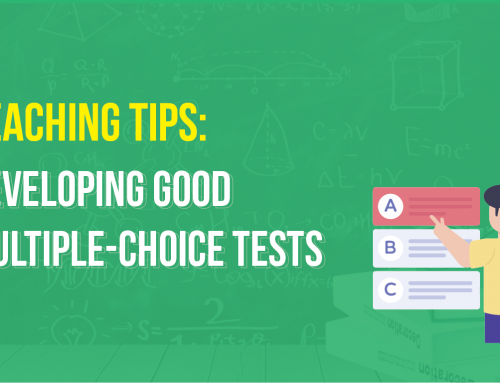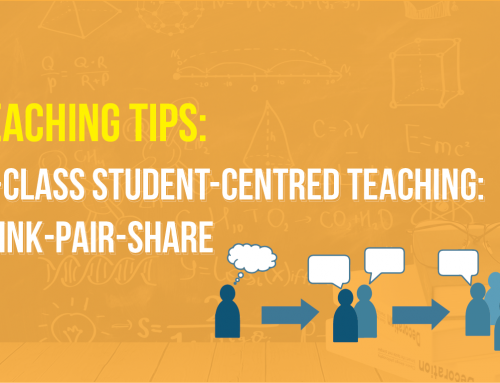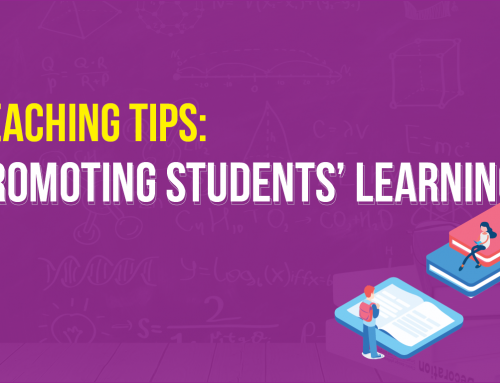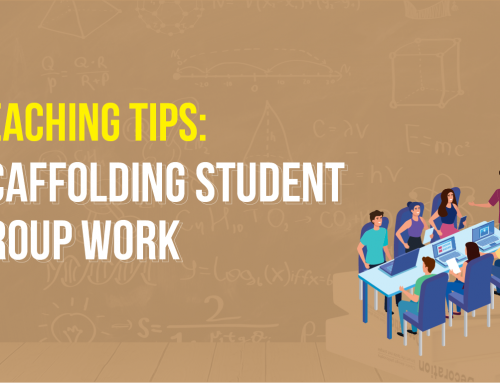Project Description
In-class learner-centered teaching: small group work
By Prof. Spencer Benson, former Director of the Centre for Teaching and Learning Enhancement
Student-centered teaching engages individuals in activities that help them learn in an active fashion. This is in contrast to teacher-centered instruction which tends to be primarily lecture in which students passively receive information which they then need to work with in order to move it into long-term memory which is required to learn and develop enduring understandings. The tip below provides an easy non-technology means to enhance the lecture and increase active learning in traditional classes. Moreover, it provides a means to break up the lecture format, obtain formative feedback and help reestablish students’ attention.
In-class group work – the list
A second favorite student-centered activity of mine is the use of student generated lists. In this exercise students randomly assort into groups and the group is tasked with coming up with a list of items related to the topic or a query. Those of you fortunate enough to be teaching in a room where students are seated around tables rather then in rows the group assignment is easier since the list task becomes one per table. However, I have routinely used this in classes of >200 where students were sitting in fixed rows. The trick in using this technique is to ask for list that is slightly longer than one that is easily constructed, this requires the students to work with each other and think beyond the obvious.
It is important to assign an actual number for the list of items otherwise students simply give stop they have done the easy one. Sometimes I allow the students to use technology to help assemble list and another cases I do not, it depends on the nature of what the list is about. For example, when I’m teaching introductory biology I might ask for list of five key differences or similarities between photosynthesis and respiration. This requires students to go beyond memorizing facts must and think about commonalities and differences of a set of complex processes. I monitor the class’s progress by moving around class and seeing how the different groups are doing, if a group has completed the list that I asked them to add one or two more items. Generally, the exercise takes 3-5 minutes.
Once the lists are completed they are shared with the class. There are several ways in which the information on the lists can be shared. If the class is small I often have each group put one item from their list on the board, one easy way to do this is to have a student go to the board and write of the items as each group reports out a single item. It is important that you limit the reported out items to one per group continuing through the groups until all items have been collected. Otherwise the first group will simply give you their whole list and make it difficult for the remaining groups to add to. This technique of having groups report out a single item is called “round robin”.
I finish by asking if there are any missing items. If the class is large e.g. >60 I simply have several groups report out a single item each. I often end the activity by present my list as a PPT slide, showing that they already had most of the information even before I presented it. In general, the class get at least 80% of the items on my list. An added benefit of this exercise is that it helps me to see where the class stands and sometimes I get additions to my list I had not thought of.
Revised by CTLE on 27 January 2022.




